Use performance manual mep 1 figure 3 1.given .oat 15°c.pressure altitude ? [ Question security ]
Question 81-1 : 1550 ft 1270 ft 1220 ft 1830 ft
Use performance manual mep 1 figure 3 7.given .oat 20°c.pressure altitude ?
Question 81-2 : 1050 ft/min 1370 ft/min 870 ft/min 550 ft/min
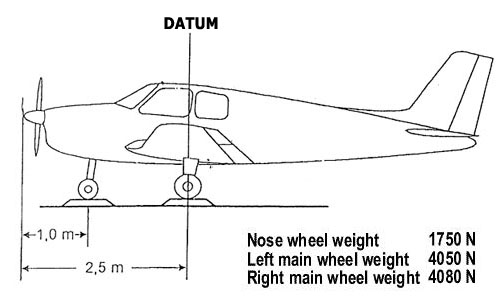 1050 ft/min.
1050 ft/min. Other conditions as associated in the header of the graph .oat 10°c.pressure ?
Question 81-3 : 1770 ft/min 1570 ft/min 1970 ft/min 430 ft/min
Use performance manual mep 1 figure 3 1.given .oat 15°c.pressure altitude ?
Question 81-4 : 1270 ft 1600 ft 1500 ft 1830 ft
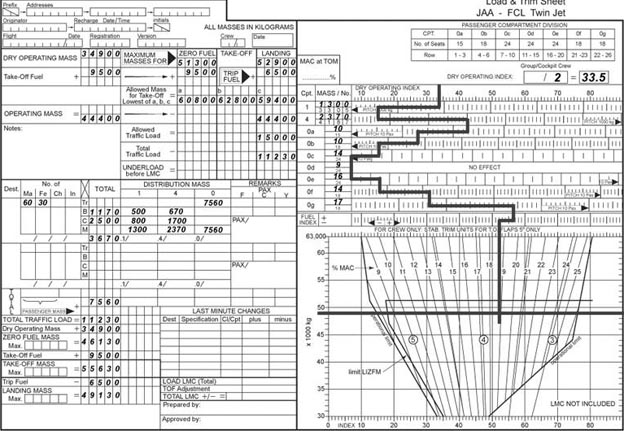 1270 ft.
1270 ft. Given .oat 24°c.pressure altitude 3000 ft.rwy 12l.wind 080°/12 kt.take off ?
Question 81-5 : 1700 ft 1600 ft 1420 ft 1950 ft
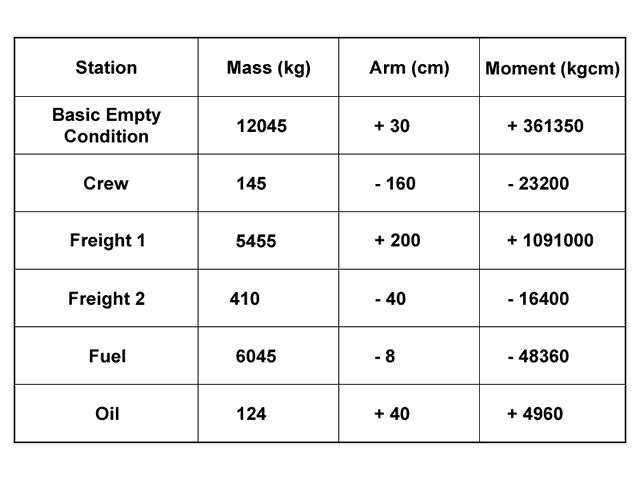 1700 ft.
1700 ft. Given .oat 24°c.pressure altitude 3000 ft.rwy 30r.wind 060°/4 kt.take off ?
Question 81-6 : 2000 ft 1670 ft 1550 ft 2150 ft
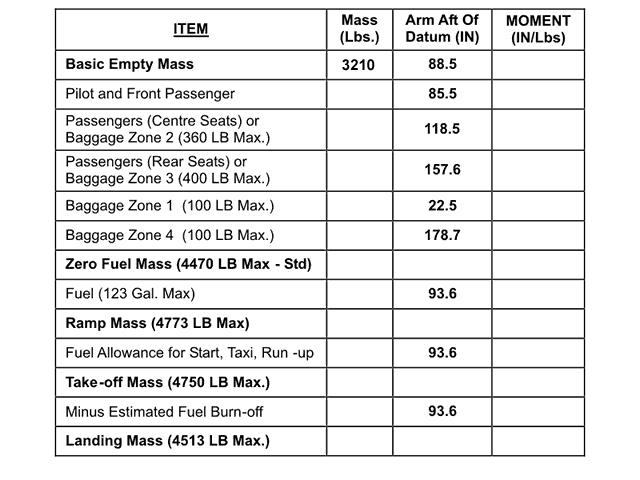 2000 ft.
2000 ft. Given .oat 20°c.pressure altitude 14000 ft.gross mass 4000 lbs.mixture full ?
Question 81-7 : 1300 ft/min 170 ft/min 970 ft/min 1550 ft/min
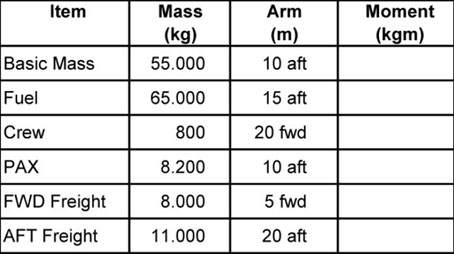 1300 ft/min.
1300 ft/min. Use performance manual mep 1 figure 3 1.given .oat 24°c.pressure altitude 3000 ?
Question 81-8 : 1350 ft 1750 ft 1050 ft 1150 ft
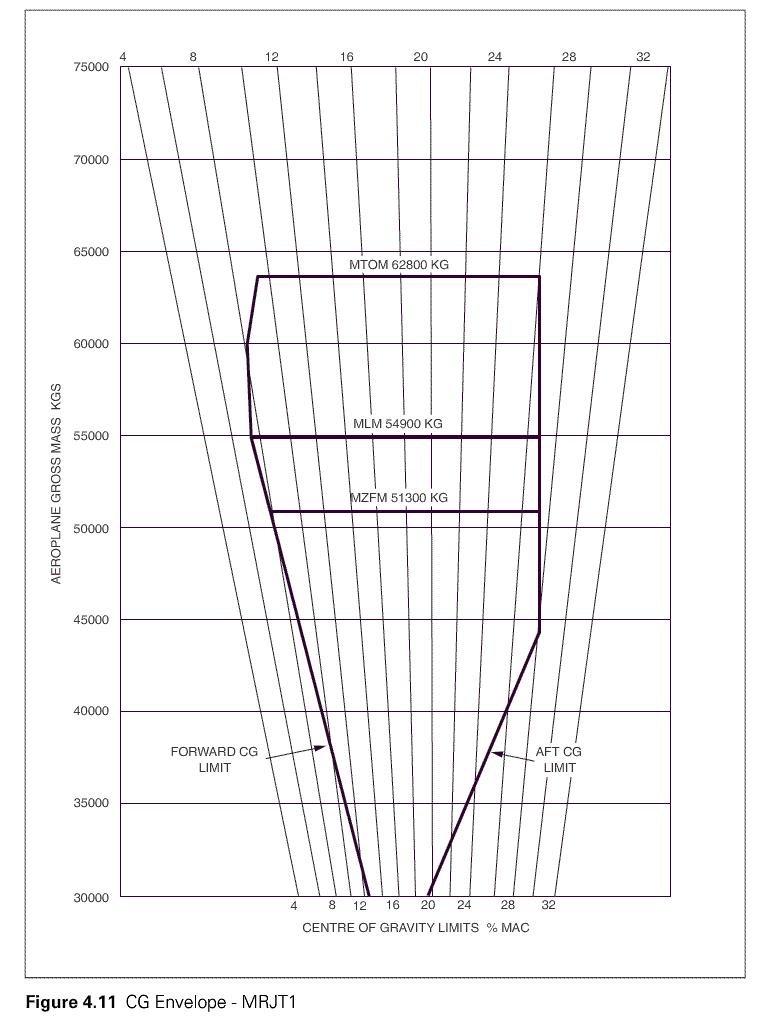 1350 ft.
1350 ft. Given .oat 24°c.pressure altitude 3000 ft.rwy 30r.wind 060°/4 kt.take off ?
Question 81-9 : 1670 ft 2000 ft 1780 ft 2150 ft
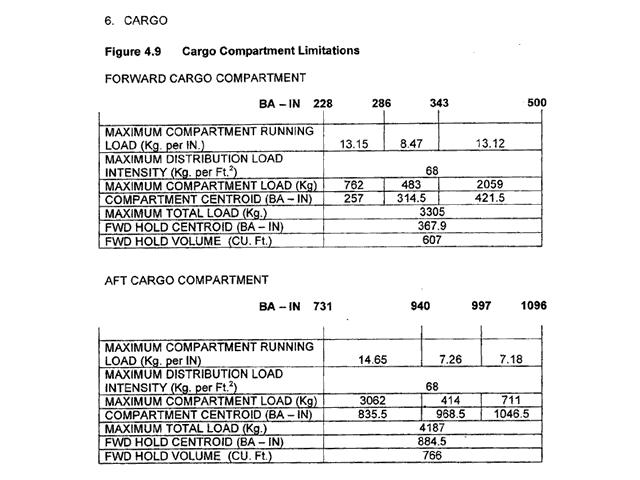 1670 ft.
1670 ft. Given .oat 20°c.pressure altitude 2000 ft.rwy 07r.wind 120°/ 15 kt.take off ?
Question 81-10 : 3450 ft 3650 ft 3250 ft 3800 ft
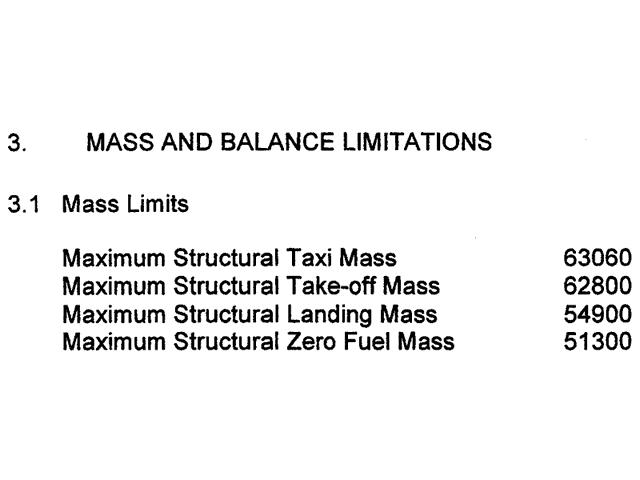 3450 ft.
3450 ft. What is the accelerate and stop distance under the conditions given .oat ?
Question 81-11 : 3500 ft 3800 ft 3350 ft 4300 ft
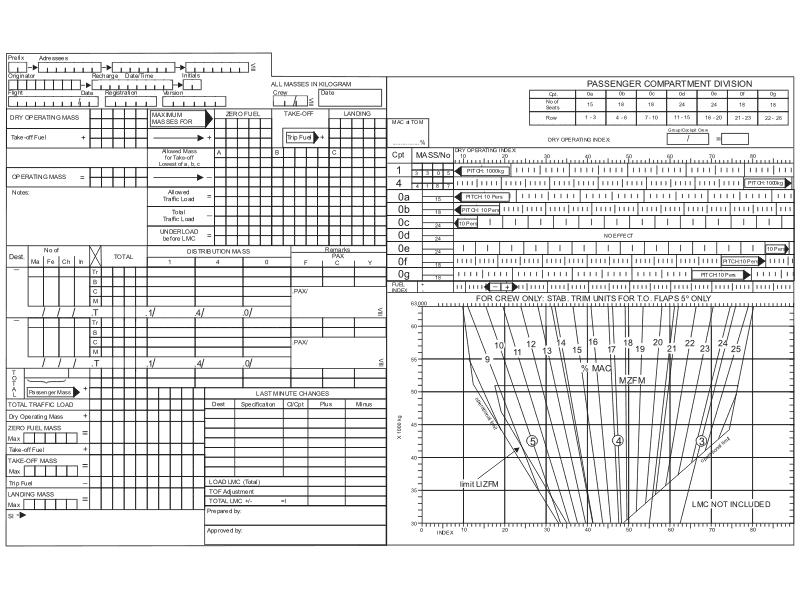 3500 ft.
3500 ft. What is the accelerate and stop distance under the conditions given .oat ?
Question 81-12 : 3550 ft 3800 ft 4600 ft 4300 ft
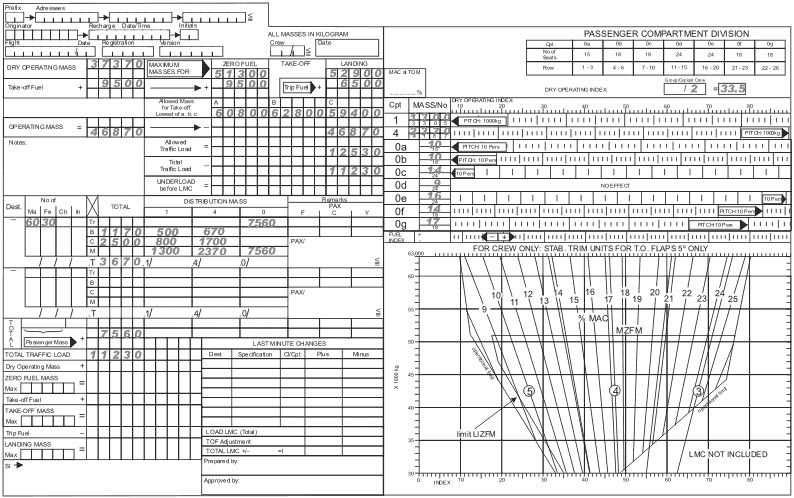 3550 ft.
3550 ft. Use performance manual mep 1 figure 3 2.given .oat 25°c.pressure altitude 3000 ?
Question 81-13 : 3750 ft 4000 ft 3350 ft 4300 ft
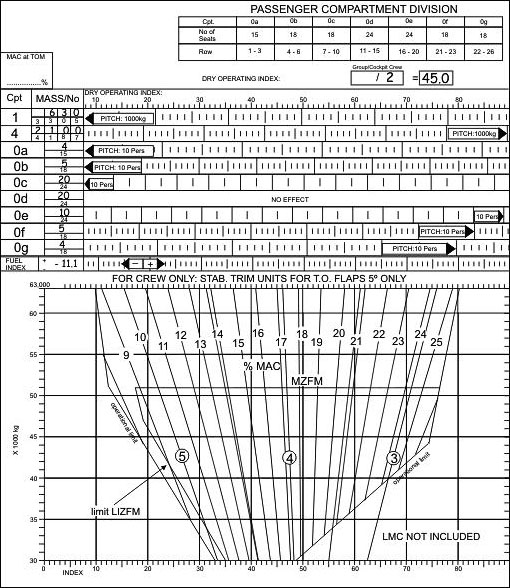 3750 ft.
3750 ft. What is the accelerate and stop distance under the conditions given .given .oat ?
Question 81-14 : 4200 ft 4500 ft 3600 ft 3400 ft
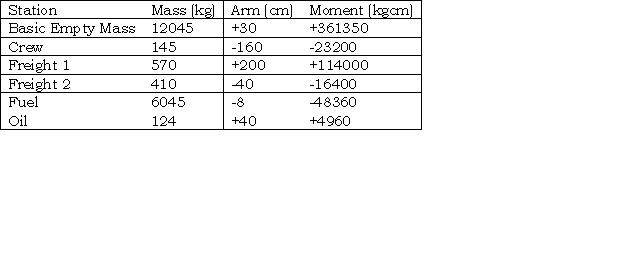 4200 ft.
4200 ft. What is the accelerate and stop distance under the conditions given .oat ?
Question 81-15 : 4250 ft 4600 ft 3550 ft 3800 ft
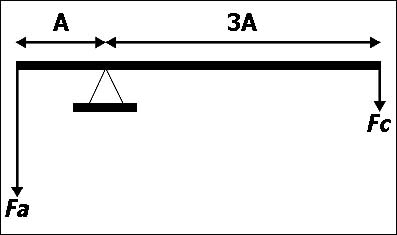 4250 ft.
4250 ft. Given .oat 10°c.pressure altitude 2000 ft.gross mass 3750 lbs.other conditions ?
Question 81-16 : 430 ft/min 500 ft/min 890 ft/min 200 ft/min
Given .oat 0°c.pressure altitude 18000 ft.gross mass 3750 lbs.mixture leaned ?
Question 81-17 : 1050 ft/min 870 ft/min 1200 ft/min 500 ft/min
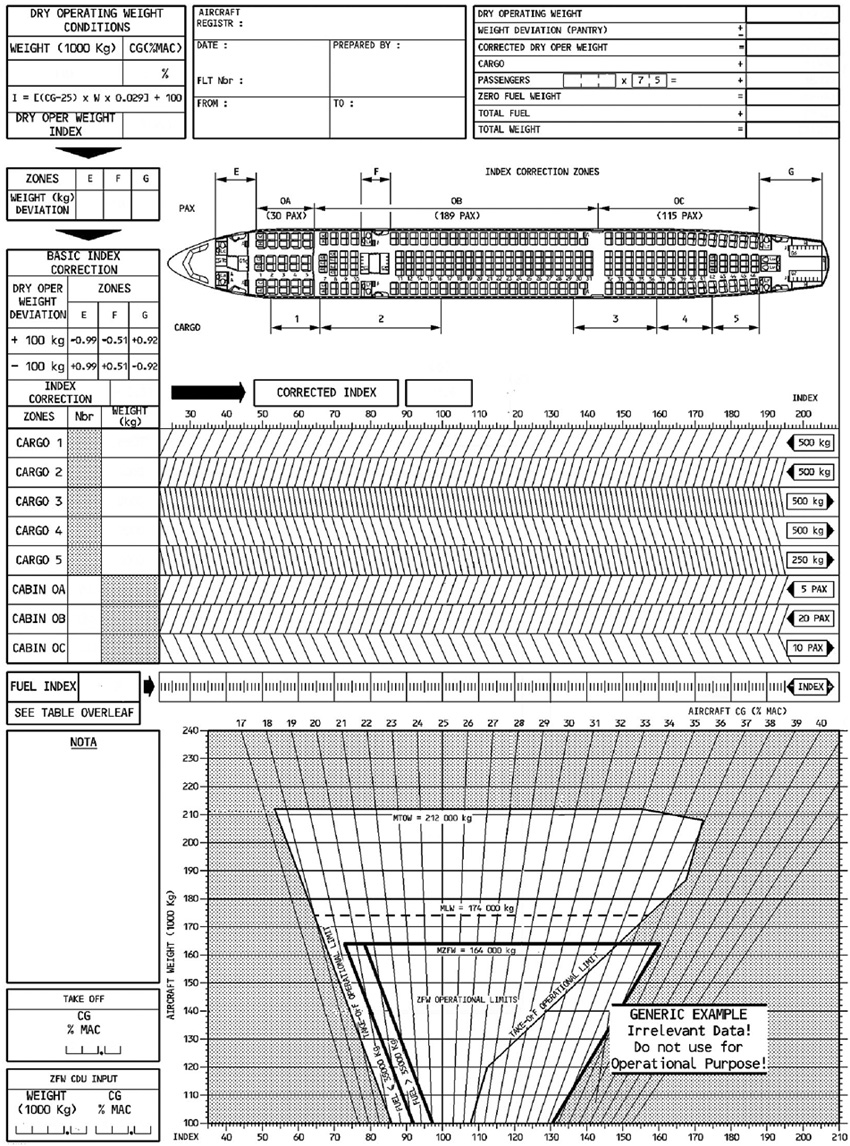 1050 ft/min.
1050 ft/min. Which engine is considered critical in the event of an engine failure during ?
Question 81-18 : The left engine the right engine the left engine during ground run afterward the right engine both engines are equally critical
Unless otherwise specified in the afm for a performance class b aeroplane ?
Question 81-19 : 1 15 1 45 0 65 1 05
 1.15
1.15 A pilot is flying a twin engine piston aeroplane with all engines operating ?
Question 81-20 : 150 ft 50 ft 115 ft 70 ft
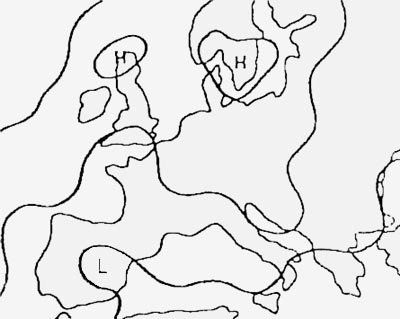 150 ft.
150 ft. What is the minimum obstacle clearance above obstacle .given perf class b.cloud ?
Question 81-21 : 215 ft 815 ft 50 ft 235 ft
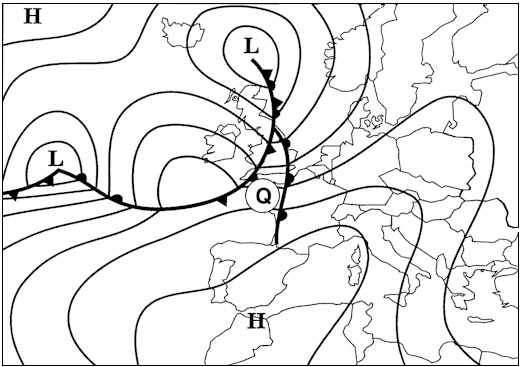 215 ft.
215 ft. During take off the third segment begins ?
Question 81-22 : When acceleration to flap retraction speed is started when landing gear is fully retracted when acceleration starts from vlof to v2 when flap retraction is completed
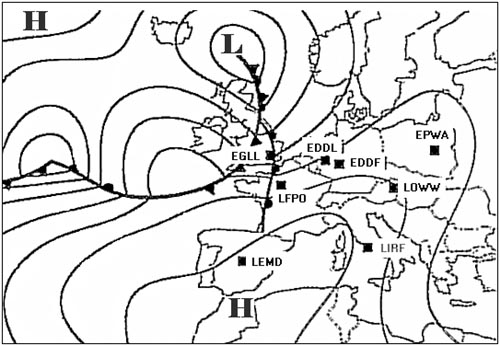 When acceleration to flap retraction speed is started.
When acceleration to flap retraction speed is started. What is the maximum vertical speed of a three engine turbojet aeroplane with ?
Question 81-23 : +1267 ft/min 1267 ft/min 0 ft/min +3293 ft/min
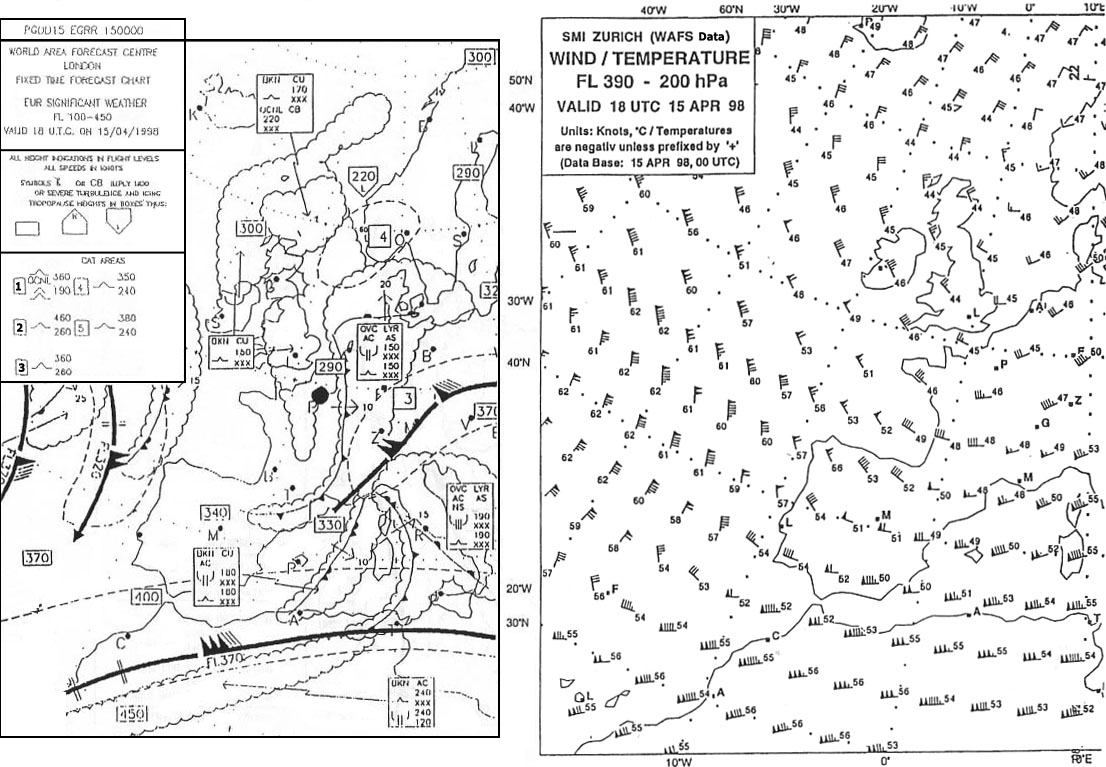 +1267 ft/min.
+1267 ft/min. During the certification flight testing of a twin engine turbojet aeroplane the ?
Question 81-24 : 1779 m 1978 m 1547 m 1720 m
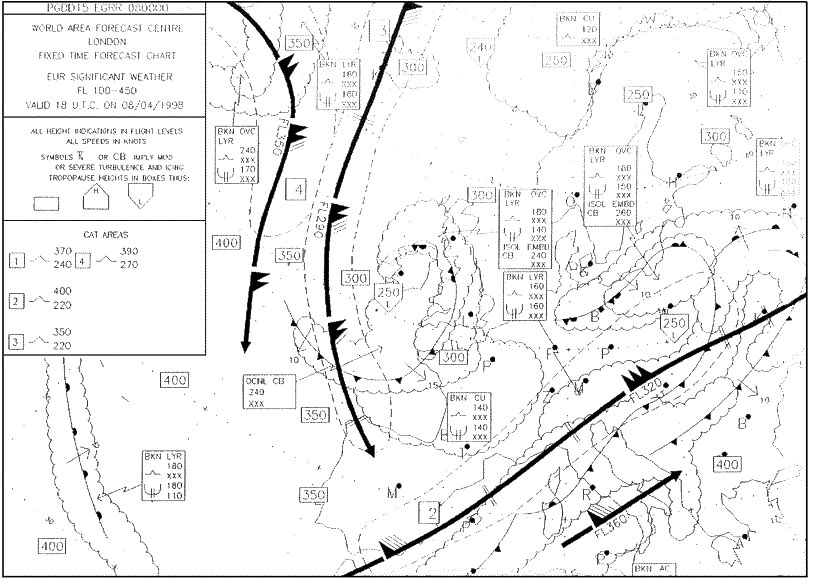 1779 m.
1779 m. For a turboprop powered aeroplane a 2200 m long runway at the destination ?
Question 81-25 : 1339 m 1771 m 1540 m 1147 m
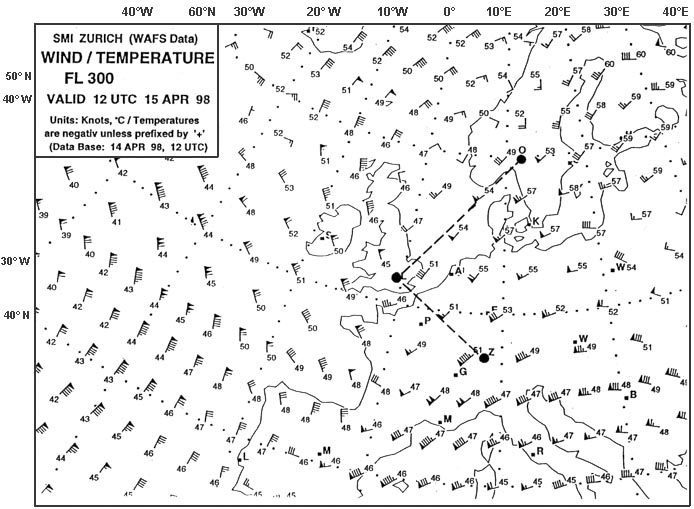 1339 m.
1339 m. Characteristics of a three engine turbojet aeroplane are as follows .thrust = ?
Question 81-26 : 101 596 kg 74 064 kg 209 064 kg 286 781 kg
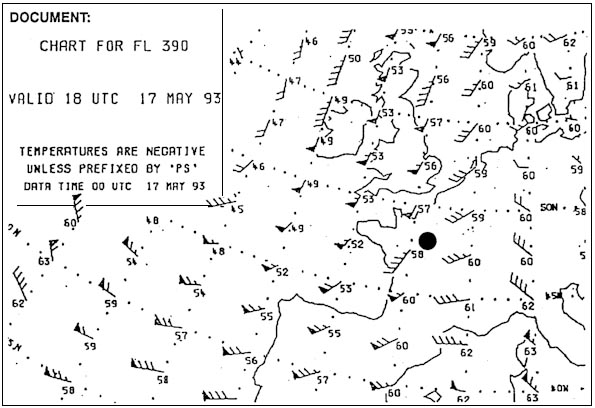 101 596 kg.
101 596 kg. Minimum control speed on the ground 'vmcg' is based on directional control ?
Question 81-27 : Primary aerodynamic control only primary aerodynamic control and nose wheel steering primary aerodynamic control nose wheel steering and differential braking nose wheel steering only
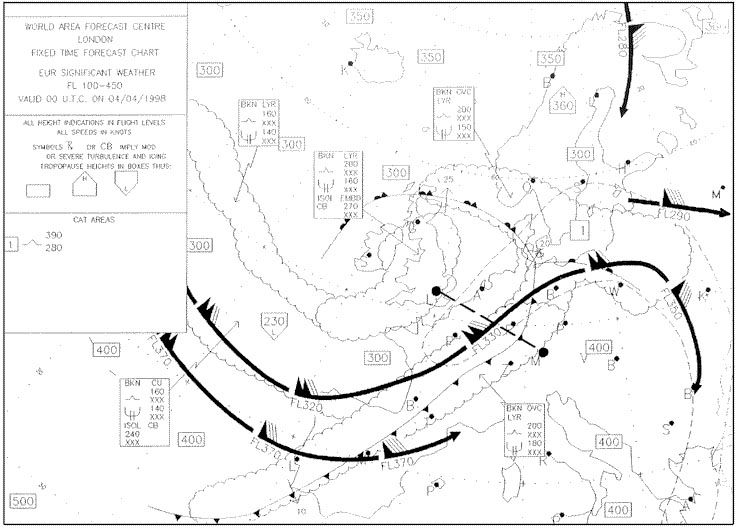 Primary aerodynamic control only.
Primary aerodynamic control only. Which of the following represents the maximum value for v1 assuming max tyre ?
Question 81-28 : Vr vmca v2 vref
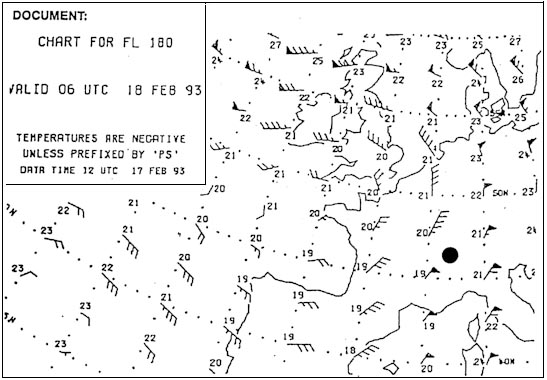 Vr.
Vr. During certification flight testing on a four engine turbojet aeroplane the ?
Question 81-29 : 3050 m 2938 m 3513 m 2555 m
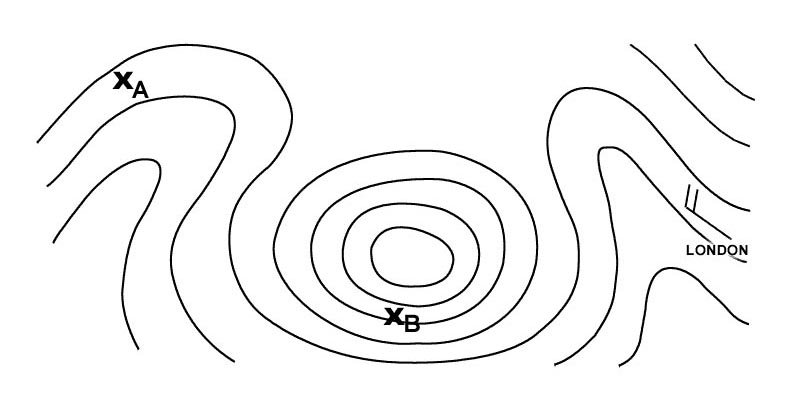 3050 m.
3050 m. In which of the following distances can the length of a stopway be included ?
Question 81-30 : In the accelerate stop distance available in the one engine failure case take off distance in the all engine take off distance in the take off run available
 In the accelerate stop distance available.
In the accelerate stop distance available. At which minimum height will the second climb segment end ?
Question 81-31 : 400 ft above field elevation 35 ft above ground when gear retraction is completed 1500 ft above field elevation
 400 ft above field elevation.
400 ft above field elevation. How does tas vary in a constant mach climb in the troposphere under isa ?
Question 81-32 : Tas decreases tas increases tas is constant tas is not related to mach number
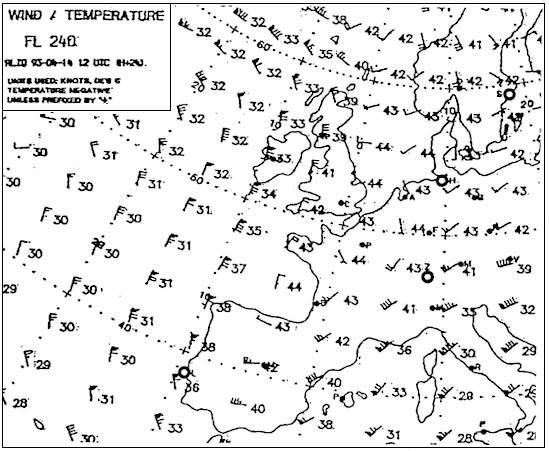 Tas decreases.
Tas decreases. The optimum long range cruise altitude for a turbojet aeroplane ?
Question 81-33 : Increases when the aeroplane mass decreases is always equal to the powerplant ceiling is independent of the aeroplane mass is only dependent on the outside air temperature
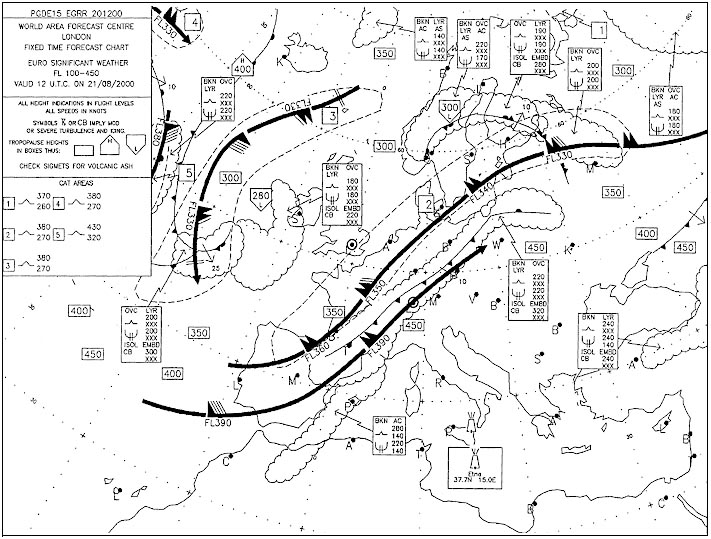 Increases when the aeroplane mass decreases.
Increases when the aeroplane mass decreases. How does the specific range change when the altitude increases for jet ?
Question 81-34 : First increases then decreases decreases does not change increases only if there is no wind
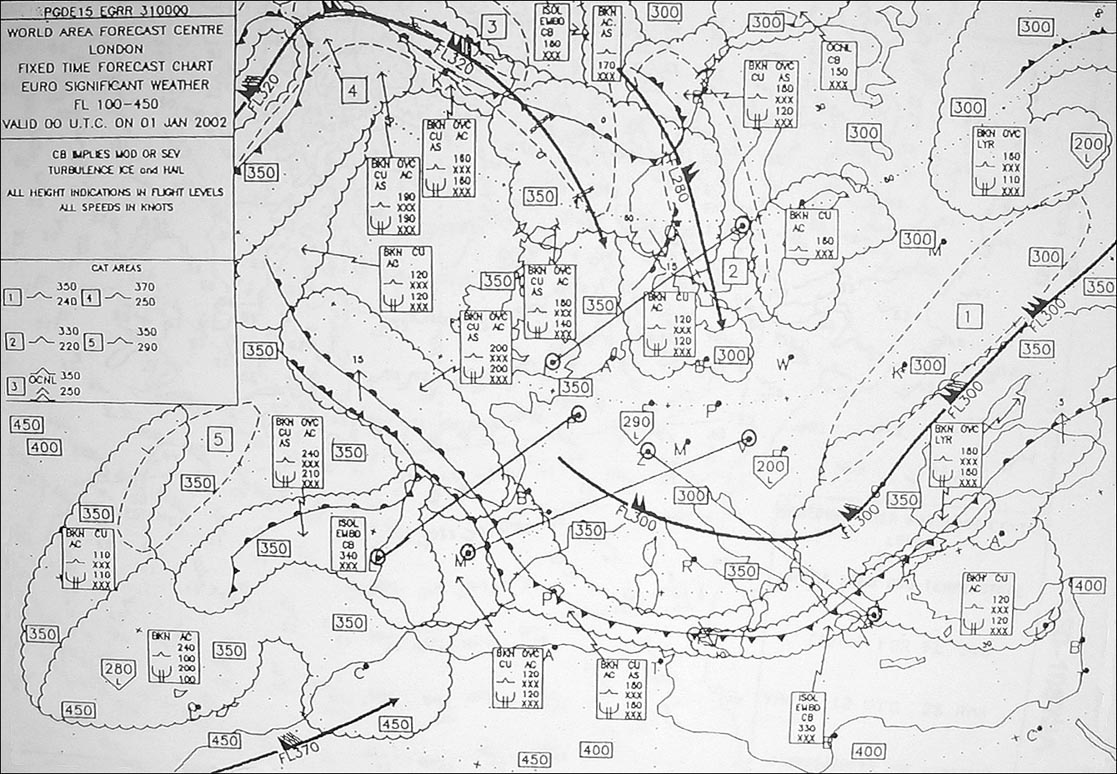 First increases then decreases.
First increases then decreases. At reference .assuming constant l/d ratio which of the diagrams provided ?
Question 81-35 : C a b d
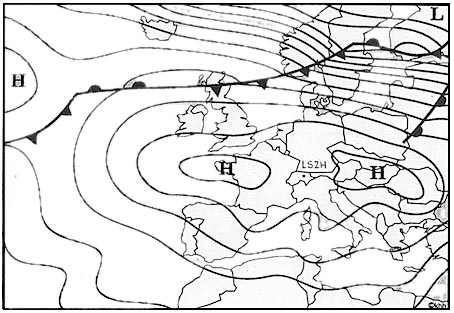 C
C Long range cruise is a flight procedure which gives ?
Question 81-36 : A specific range which is approximately 99% of maximum specific range and a higher cruise speed a 1% higher tas for maximum specific range an ias which is 1% higher than the ias for maximum specific range a specific range which is approximately 99% of maximum specific range and a lower cruise speed
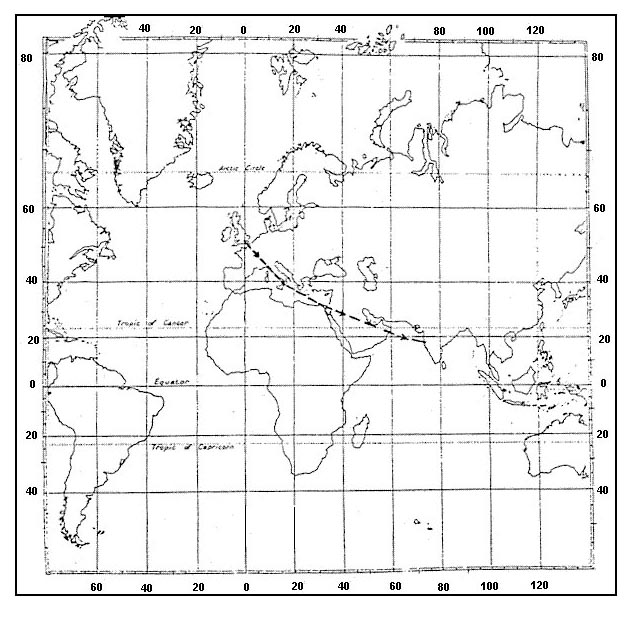 A specific range which is approximately 99% of maximum specific range and a higher cruise speed.
A specific range which is approximately 99% of maximum specific range and a higher cruise speed. A commercial flight is planned with a turbojet aeroplane to an aerodrome with a ?
Question 81-37 : 1 440 m 1 250 m 1 090 m 1 655 m
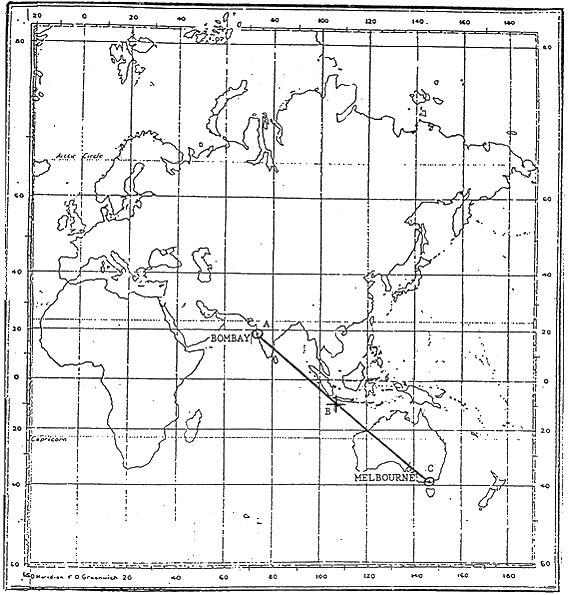 1 440 m.
1 440 m. At the destination aerodrome the landing distance available is 3000m .the ?
Question 81-38 : 1565 m 2070 m 1800 m 2609 m
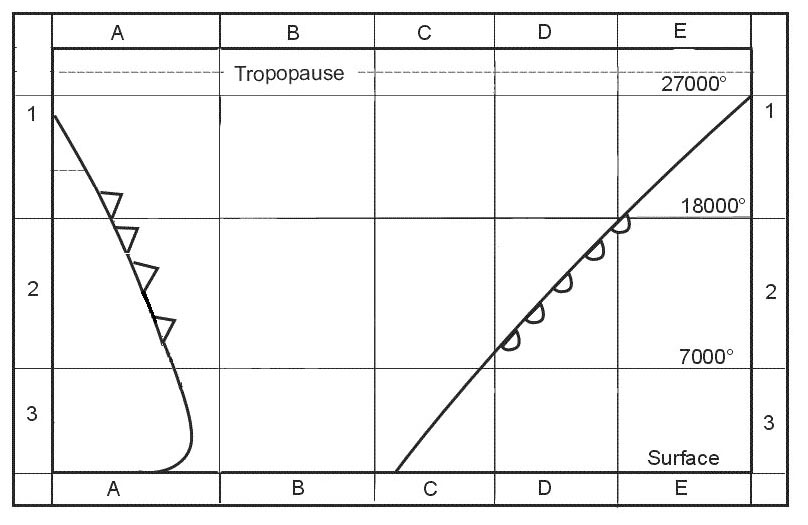 1565 m.
1565 m. With zero wind the angle of attack for maximum range for an aeroplane with ?
Question 81-39 : Lower than the angle of attack corresponding to maximum endurance equal to the angle of attack corresponding to maximum endurance equal to the angle of attack corresponding to zero induced drag equal to the angle of attack corresponding to maximum lift to drag ratio
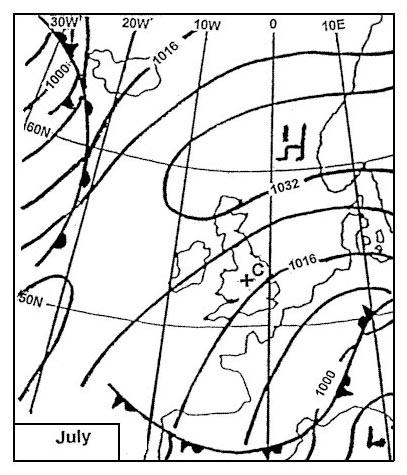 Lower than the angle of attack corresponding to maximum endurance.
Lower than the angle of attack corresponding to maximum endurance. Two identical turbojet aeroplane whose specific fuel consumptions are ?
Question 81-40 : 3804 kg/h 3578 kg/h 3365 kg/h 4044 kg/h
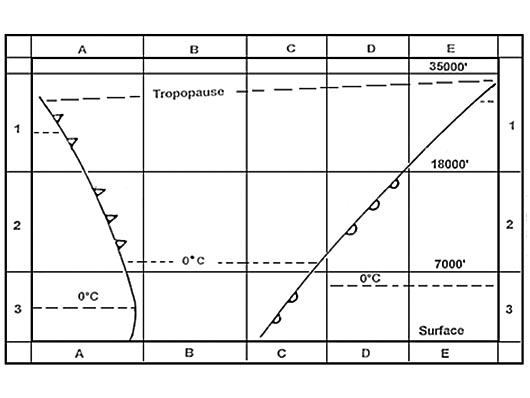 3804 kg/h.
3804 kg/h. ~
Exclusive rights reserved. Reproduction prohibited under penalty of prosecution.
3199 Free Training Exam
